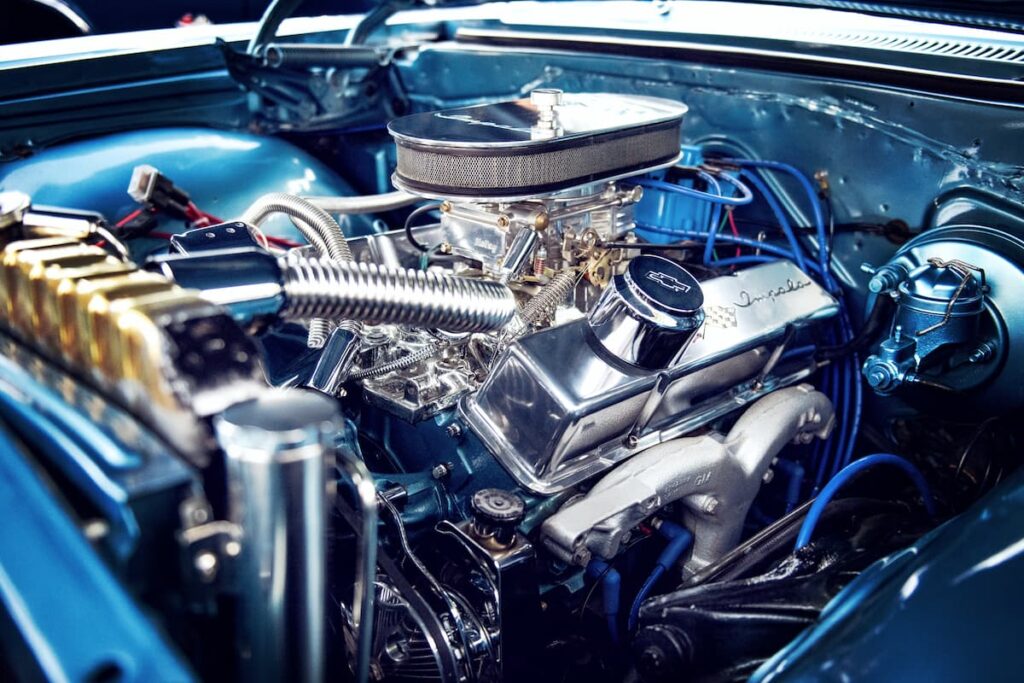You already understood the importance of properly maintaining your car, right?
For instance: we’re speaking of tires’ calibration, when to take the car to the mechanic, or even the filters’ replacement. These are some of the elements you should consider to increase your car’s longevity.
But if there’s an engine failure, the truth is that your car ends up completely unusable. So, if you’re wondering where to focus your attention, know it’s on the engine.
The engine and its components must be in good condition. And one of the many ways to guarantee that is through the antifreeze liquid.

What is the antifreeze liquid? What is it used for?
It’s a liquid that you can mix with water or another coolant and put into the engine’s cooling tank.
But this liquid doesn’t serve only to cool the engine in case of overheating.
Antifreeze is used to:
- Protect all circuit elements from corrosion and limescale;
- Increase the boiling point;
- Keep plastic and rubber parts intact.
So, we’re speaking of a liquid that (actively) contributes to the engine’s protection.
Antifreeze and the cooling system
The antifreeze liquid moves in a closed cycle, where it’s pumped into the engine and cylinders. This reduces the metal temperature, caused by the combustion of the fuel used (petrol or gasoline).
After passing through this cycle, the antifreeze liquid — already at a high temperature — reaches the radiator, where it’s cooled.
The liquid then goes through a new cycle to cool (again) the engine components.
How to choose the proper antifreeze for your car
Now that you know what this liquid is, and its functionality, it’s time to figure out how to choose the right antifreeze — since there are a lot of liquids.
Engine coolants (aka antifreeze liquid) differ significantly, mainly in the freezing temperature and boiling point.
The temperatures depend on “ethylene glycol,” alcohol used in the liquid.
Antifreeze can withstand hotter or cooler temperatures, depending on how pure this alcohol is:
- With 10% ethylene glycol, it can be used between -4 °C and 102 °C;
- With 25% ethylene glycol, it can be used between -12 °C and 103 °C;
- With 50% ethylene glycol, it can be used between -37 °C and 108 °C.
Not only are there differences in the alcohol’s purity (used in the coolant), but there are also 3 types of antifreeze liquid: organic, inorganic, and hybrid.

Organic antifreeze
These liquids last longer, are more environmentally friendly and reach lower freezing temperatures.
Inorganic antifreeze
Inorganics last less time and freeze faster but do not protect all engine components — especially when compared to organic types of antifreeze.
Hybrid antifreeze
Hybrids are only used in some vehicle models, and their properties are a mixture of organic and inorganic antifreeze.
And now you ask, “but which antifreeze liquid should I choose then?”.
It’s a great question.
Before you buy anything, you should choose an antifreeze that:
- Lasts longer at low freezing temperatures;
- Has a low viscosity, to be transmitted through the engine;
- Ensures anti-corrosion and anti-limestone properties, to extend the life of engine components;
- Ensures anti-cavitation properties, to avoid foaming in the circuit.
So don’t make the mistake of choosing an antifreeze because it’s the cheapest. It’s always best to ensure that the liquid meets the above characteristics.
Make a safe and intelligent choice, to not compromise the engine’s operation.
When to replace the antifreeze liquid
Don’t be hasty.
First, you should confer the recommendations made by your car manufacturer. Then, you should keep in mind some basic considerations, such as the miles you drive.
Antifreeze fluid should be changed every 18 mi to 24 mi (approx. 30.000 to 40.000 km) — if you use your car daily.
This is the recommended schedule for vehicles with organic antifreeze (as inorganics last less time).
Still, we recommend that you check your antifreeze levels every year. Your car’s service is a good time for your mechanics to check the antifreeze level and condition.

